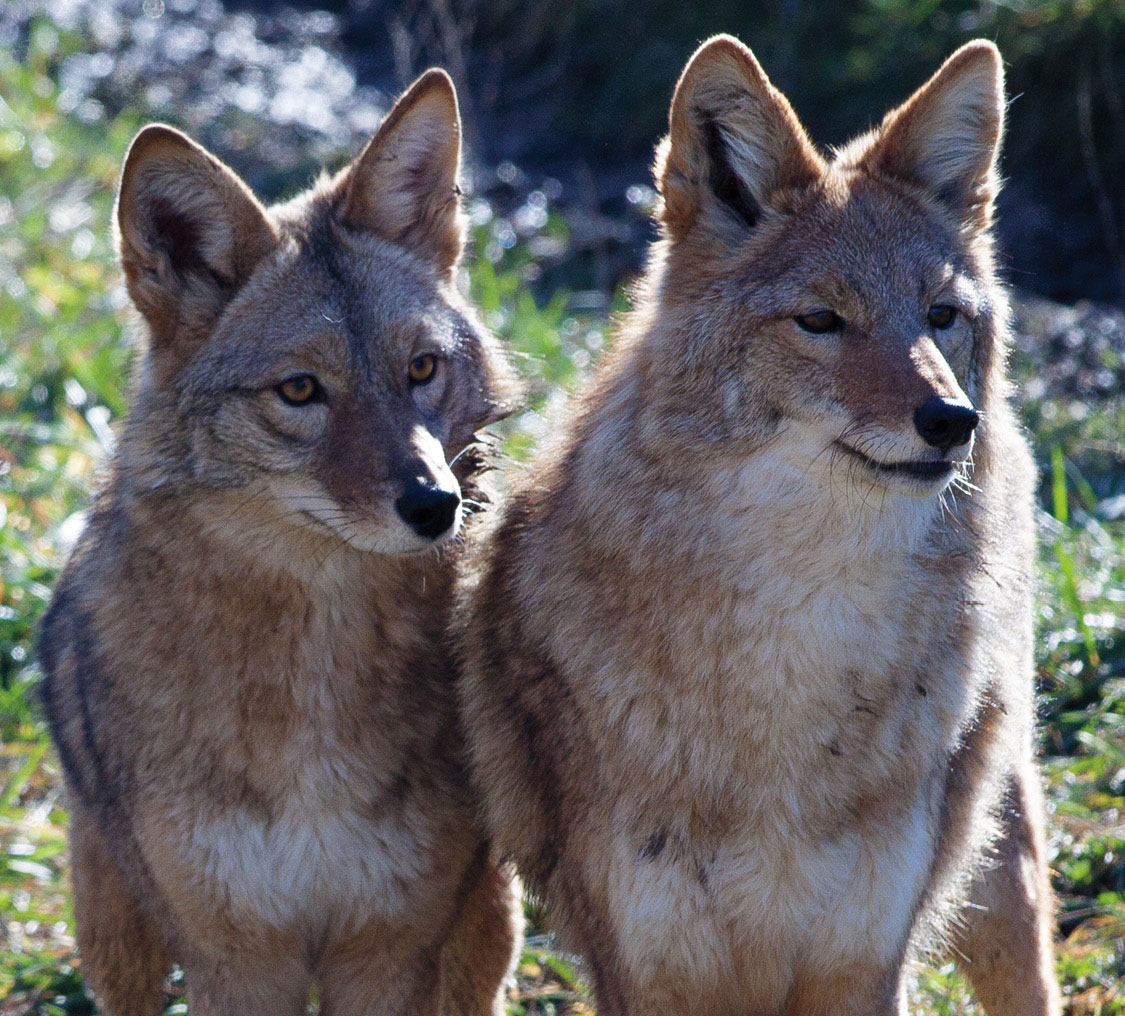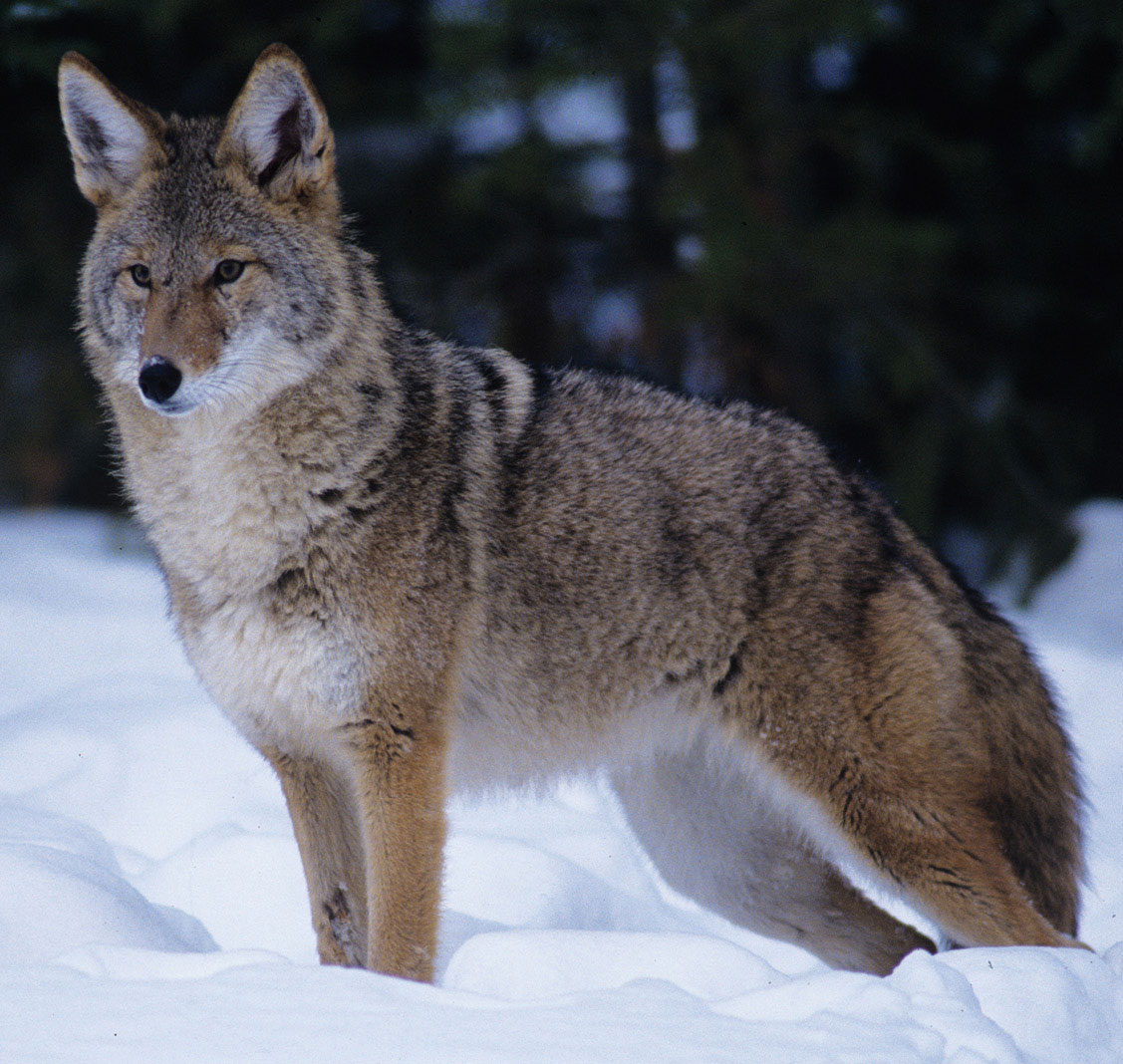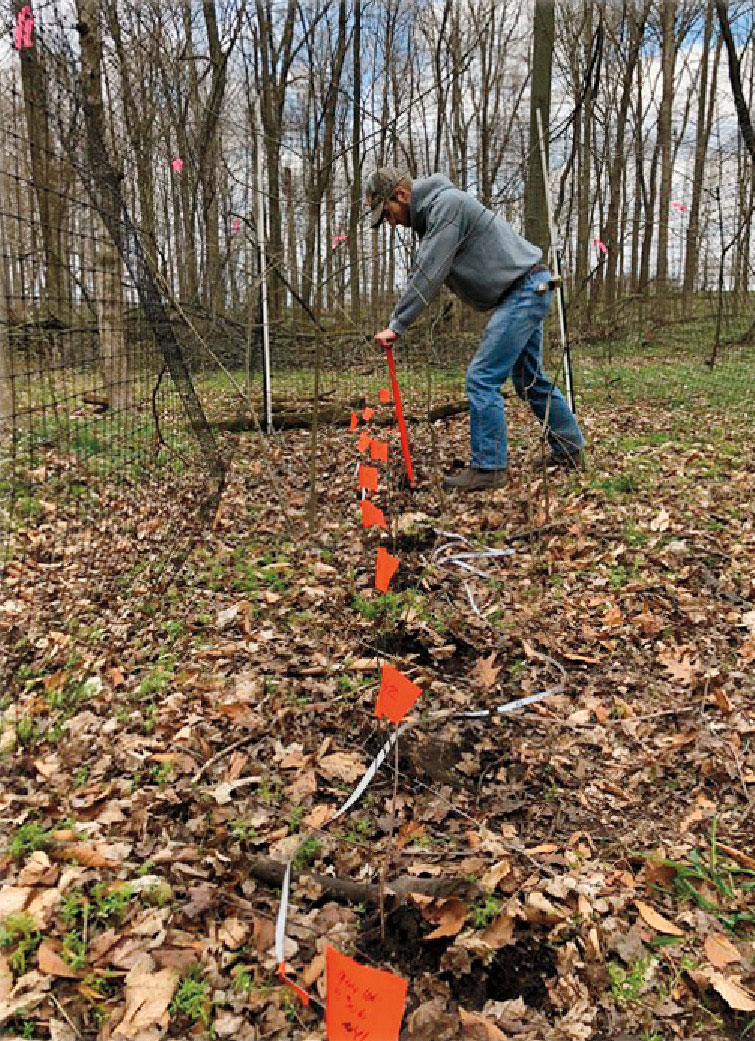Forest Inventory Programs Contribute Scientific
Results About Indiana’s Forests
Continuous Forest Inventory systems, implemented on DNR State Forest Properties and private lands enrolled in the classified forest and wildlands program, in conjunction with data from the USFS Forest Inventory & Analysis program provide scientific and interesting results about Indiana forests. These productive forests provide homes and food for wildlife; clean our water and air; protect soil that would otherwise disappear due to erosion; and provide fine quality hardwood products to Hoosiers, Americans, and the world.
The full reports from all three of these programs can be found on the Division of Forestry’s homepage listed under Forestry Publications and Presentations https://www.in.gov/dnr/forestry/3605.htm by scrolling down to the forest inventory and analysis section.
Over the past six decades, the area of Indiana timberland has increased from 4 to 4.9 million acres. Over that same period, the volume of growing stock timber nearly quadrupled from 2.6 to 9.5 billion cubic feet. The vast majority, an estimated 3.6 million forested acres, are owned by family forest owners.
While Indiana is fortunate to have such productive and high quality forests, there are concerns. Average tract size continues to decrease as ownerships change hands. Our mature forests continue to age. Compared to younger trees older trees have less ability to fight off stresses caused by insects, diseases, shortages of water and nutrients. Invasive plant species, which outcompete native vegetation for sunlight and nutrients, were detected on more than 90 percent of the FIA inventory plots. Nonnative insects, such as the emerald ash borer, also can play a major role in our native trees’ abilities to survive. Regeneration of our oaks and hickories could be much better.
Many of these issues are intertwined, and some will argue that forest management is a detriment to old growth structure. Figure 1 depicts stand age by ownership shown as a percentage of each ownerships’ total area. It shows that 41% of the State Forest Properties’ are 91+ years old compared to 29% of the total IDNR forestland, 23% of the Hoosier National Forest and 9% of private forestland.
At the same time, this graph depicts state and private forestland each have 11% of their forestlands less than 30 years old, as compared to the Hoosier National Forest with only 2% of their forestland in these young stand ages. Most recently, State Forest Properties’ have 5% of their forestlands less than 10 years old, the most of any ownership group. One can compare past forest management practices of each of these ownerships to see how these forests got to their current status.
Let’s look at recent growth and mortality rates. Net growth is total growth less mortality. The combined effects of the 2012 drought, aging stands, insect and disease pressure, etc. culminated in an increase in mortality in the years following 2012. Increased mortality caused net growth to decrease as well. They converged in 2014, but are now diverging back toward more historic levels (Figure 2).
Another important factor in stand dynamics is species composition. The number of trees by species and by diameter class is depicted in Figure 3. While oaks are well represented in the larger age classes, they make up a small part of smaller trees. The future species composition will likely change as time goes by with the larger diameter trees being replaced by the smaller diameter trees. Very likely, the number of oaks will diminish and then maple, beech, and other shade tolerant species are positioned to dominate the species composition. Tree species composition in a forest has many implications for micro-climates which in turn impacts flora, fauna, wildlife and numerous other aspects of the forest.
All of these issues need to be monitored, and future management decisions may need to be altered to address these concerns as they each play a role in the current trajectory away from dominance by oaks. This long, slow change has implications for biodiversity, wildlife, recreation, and the forest products industry. For these and other reasons, the Division of Forestry is aggressively managing their lands for both ends of the stand age spectrum to promote both aging and young forests as well as diversity in species composition and oak retention.
Joey Gallion is a Forest Inventory Program Manager with the Indiana DNR, Division of Forestry.
